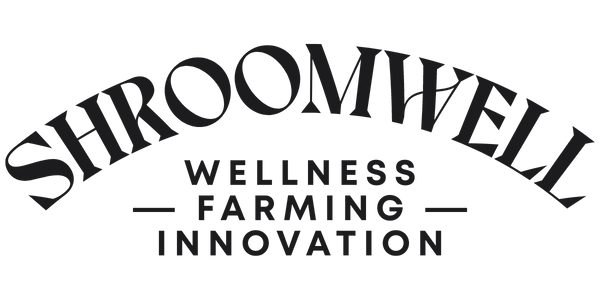FIND US
Our office address:
Treiali tee 2, 75312 Peetri, Estonia
Our mycology lab:
Teaduspargi 9a, 12618 Tallinn, Estonia
Our factory for wellness products:
Jõe 1, Tõrva 68604, Estonia
Our mushroom farm:
Tööstuse 11, 68607 Tõrva, Estonia
PS! You can also visit us and have a factory tour in our mushroom farm. Learn more here.
